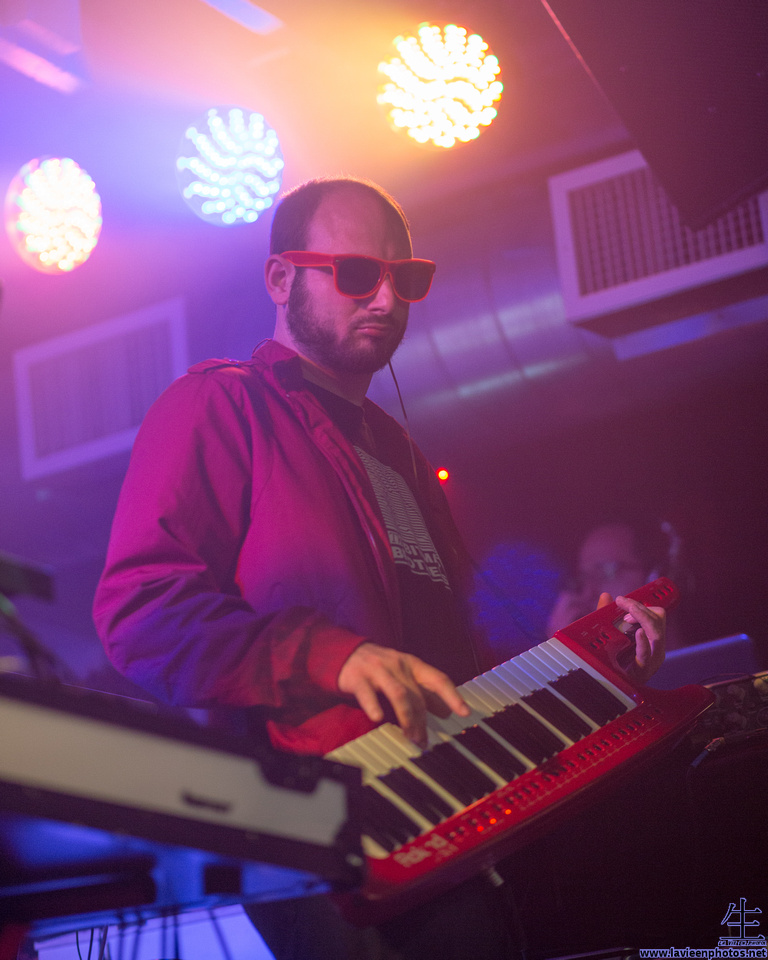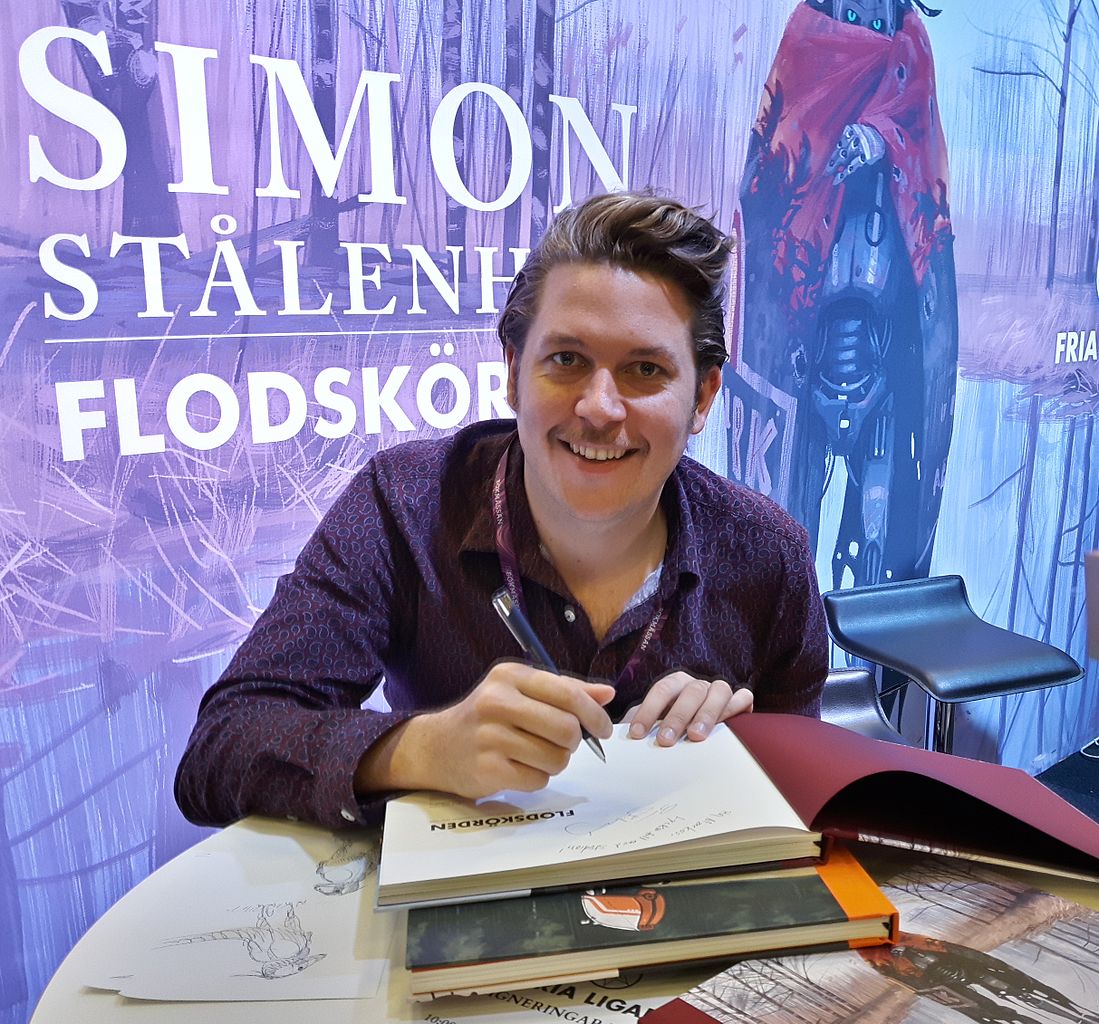Making of SOUNDSHOCK, Part 1
January 22nd, 2017

SOUNDSHOCK came a long way before to become the series it is now. Back in 2010, the creative mind of zinger and the united forces of Ubiktune started something that happened to be more, than just a new compilation album.
Please welcome, zinger!

C-jeff approached me back in 2010, I think, about making a solo album for Ubiktune. I was very happy about that, but I remember telling him that there was something else that I’d like to do even more, and that’s when I started working on the SOUNDSHOCK album project.
As for how the actual idea initially arose, I guess it all goes back to playing games such as Golden Axe II and Sonic the Hedgehog on my Mega Drive as a kid. That is what eventually led me to my involvement in the tracker/demo/chip music scene (both as a composer and organizer), and soon enough I started filling my bedroom (to my mother’s discontent) with heaps of obscure Japanese computer games, arcade cabinets, hardware FM synthesizers, and so on. For something like 15 years now I have been completely obsessed with computer and video game aesthetics, and exploring the very depths of those worlds has given me a sense of inspiration and excitement that just doesn’t seem to ever wane. So, for me personally, the SOUNDSHOCK series has been a means of exploring, expanding and cultivating that realm even further.
Looking back, I’m immensely thankful to have been able to work with this series, not only because of all the new great music, but also because at least to me, SOUNDSHOCK also means a sense of community among people with similar passions. When first meeting people like Ryu Takami and hex125 (about ten years ago when I hadn’t learned the Japanese language yet), the only way we could communicate, basically, was by name-dropping composers and titles of our favourite games, and I have this very fond memory of how our faces almost literally lit up from the satisfaction of having so much in common, despite such niche interests.
Similarly, I was amazed to learn how much hally knew about the demoscene, and that people like Keishi Yonao had fantasized about Western computer culture in much the same way as I had about NEC or Sharp computers, not to mention game centers in Japan. Having been just as enamored of the demoscene as of the realm of Japanese video games, I’ve always wanted to bring those worlds closer together, and wow! — it just makes me so happy to see people like shogun and Utabi on the same track list as, say, zabutom and Metal! Clearly, they belong together — don't you think?
The forum
The name ”SOUNDSHOCK" was originally used by zinger for the SOUNDSHOCK Forums back in 2007; a place for FM enthusiasts to meet, in order to learn more about the technical aspects of FM, sound programming, as well discussing and sharing their music. Many of the SOUNDSHOCK album participants originally signed up and posted their music on there. We asked our artists to tell about those days, a little bit their own history in music, and the approach they chose for their songs featured on the albums.
boomlinde

I came in contact with the concept of FM synthesis via early IBM PC soundcards. The idea that the computer would host a full, functional synthesizer on a chip seemed really cool to me. I soon learned that these Yamaha chips could be found in all kinds of consumer hardware. Flexible little synthesizers hidden in plain sight, in cell phones, video game systems, pinball machines... Mostly not quite available for one to tinker with. I have since collected some FM synthesizers, written FM synth music using trackers and MML and lately my own FM software synthesizers.
When I found the SOUNDSHOCK forums, I was very happy to learn that there is a group of people interested in discussing and sharing technology, techniques and music related to FM synthesis in English, often on a very technical level, with enthusiasm that I could relate to. It's a blessing in a relatively marginal hobby to have a forum devoted to it.
When I make music, I often let the patches or instruments inspire the style. I associate certain sounds with certain styles and use that as a basis for my musical ideas.
For this song, I started by programming an electric bass patch that I really liked in VGM Music Maker. I tried programming a pretty intricate bass line at first, but ended up using the sound more sparsely to let the horn stabs and melody fill in the blanks. With the lead, I like when it implies something about the harmony that isn't immediately apparent from the bass and chord progression. I don't reason about this in a very systematic way and instead use a trial-and-error approach to composition that suits trackers really well. When I was done, I let it rest for a few days so that I could adjust it from a more distant point of view.
Extent of the Jam

Wow, the Soundshock Forums. Those were special. OK, so let me rewind. I’d started writing FM because I felt like I was in a rut with regular sample-based chiptunes. That’s when a friend showed me RADTracker, and I was hooked. So, since I thought nobody else was playing with FM sound in the late 90s, I started messing around with it. Several years later, I discovered the Soundshock forums and found so many other FM enthusiasts, and so many brilliant people. Legends even. And it not only brought together FM fanatics from both the chiptune and the micromusic scene, it also brought musicians together from the east and west. It makes me happy that the FM scene lives on to this day both on social media and in the form of these FM-dedicated compilations. Rock on.
Simon Stålenhag

Back in 2011, I was working as a video game designer at a small mobile game studio, doing FM chiptune music on my spare time. I remember becoming aware of a ringtone somebody in the office had, it sounded like the most kick ass videogame music I had ever heard, and I soon realized it came from my fellow art colleague Mattis's phone. I asked him about it and he said the he had composed it himself. I couldn't believe it - I was already excited by the fact that somebody else in the office was into videogame music. So I told him I was also into that kind of music making and I asked him if he had more of his own compositions that I could listen to, but he said he only had a bunch of half-finished snippets. I didn't care, his ringtone was so awesome so I said GIVE ME EVERYTHING. I got a folder of maybe 30-40 short pieces of brilliant chiptune music, some of the best I had ever heard!
It so happens that I had just posted some of my own stuff on zinger's Soundshock forum, and within something like the same week me learning about Mattis's pure brilliance and our common love for videogame music, zinger contacted me about an upcoming compilation of FM-style chiptune music called FM FUNK MADDNESS, asking me if I wanted to contribute to it. Honored, I of course accepted the offer, but I couldn't let zinger go on in his life oblivious about the existence of Mattis - this music genius sitting five rows down from me, stowed away behind a computer screen - so I sent him some of Mattis music and said CONTACT THIS GUY. HE CALLS HIMSELF BOMB BOY. And the rest is, well - pure FM FUNK NIRVANA...
I can safely say that Mattis is one of the most brilliant people I've met, both as a visual artist and as a composer. He is hardware accelerated with THE FORCE. I remember how he used to communicate animation feedback - he would just stand up in the office and scream and yell and play out the whole thing the way he saw it in his head. 99.9 % of people doing that kind of thing in an office are idiots that you ignore but when Mattis did it it made perfect sense and everybody could see that his vision was awesome. It is inside of him and needs to get out, like a chestburster. The same with his music. When I compose I sit by the keyboard and slowly iterate - desperately looking for any contours in the blurred and dull fog inside my mind. So I was shocked to learn that he didn't find the melodies by playing the piano or guitar or any other instrument, but that he precisely and painstakingly farted out notes with the mouse cursor - following nothing but that crystal clear high definition mental image of the song that resides inside his head.
Anyway, the insane thing is that when I heard the first FM FUNK compilation I was blown away by the fact that it seemed to be brimming over with the same raw talent and creative exhilaration that Mattis possessed and my picture of the world changed. I was suddenly made aware that some kind of musical mutants, cursed with immense superpowers are hiding all around us, waiting to shift into their true form at the first opportunity they get. The FM FUNK compilations have been such opportunities and I'm infinitely proud to have been a part of it, together with talents like Mattis.
Stay tuned for Part 2!


Discussion